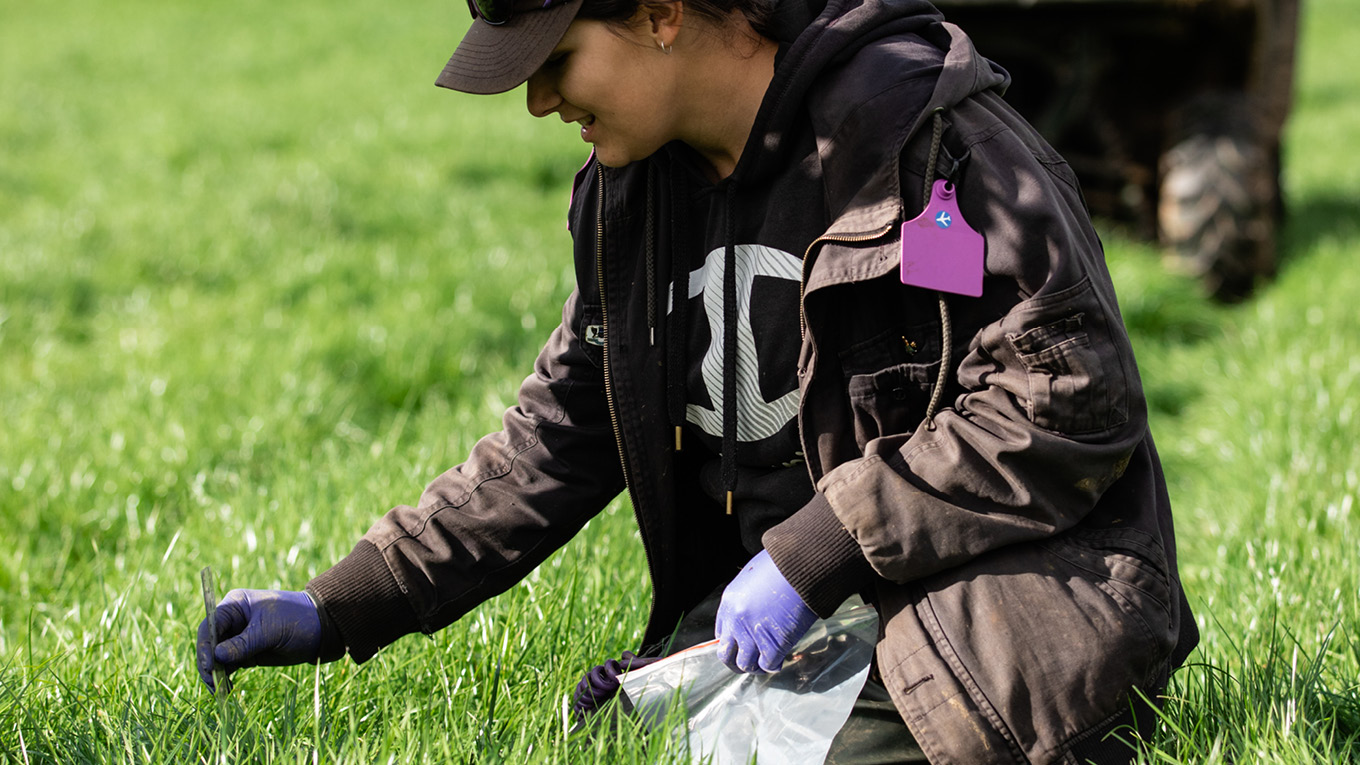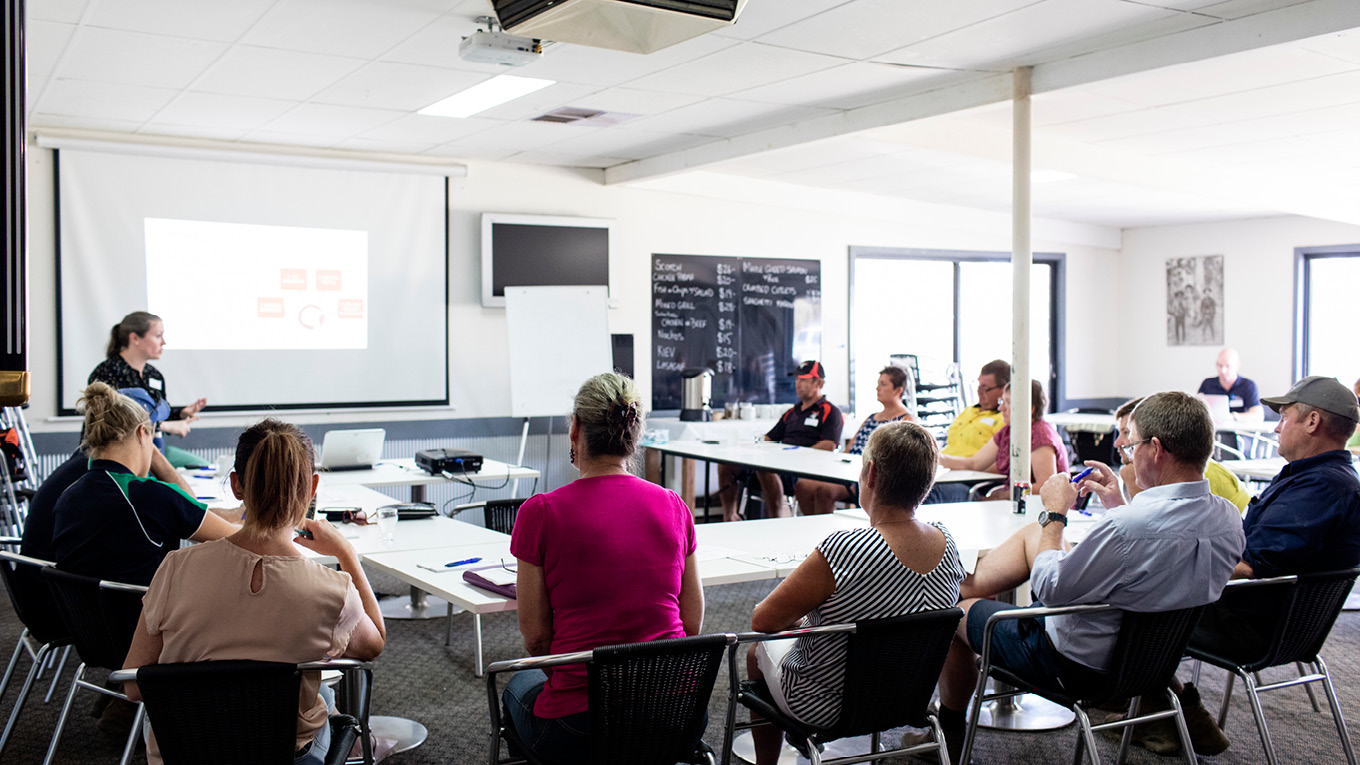Regrowth Brassicas
Regrowth brassicas are forage crops of the brassica species that have the ability to regrow after grazing. They include species such as forage rape (Brassica napus), kale (Brassica oleracea), hybrids such as pasja (Brassica campestris x Brassica napus) and leafy turnips.
Regrowth brassicas can be sown as an alternative to turnips during summer but also as an autumn forage option.
Regrowth brassicas differ from turnip brassicas as they will regrow after grazing. They provide feed for longer than turnips due to their regrowth ability. However, this also means paddocks are not ready for resowing as early as if turnips were the summer crop option.
Performance
Regrowth brassicas have higher autumn growth potential than most perennial or annual pasture species and other forage crops. The nutritional value of regrowth brassicas is similar to turnips. They provide high energy and crude protein at a time of the year when protein is limited.
Agronomy
Most regrowth brassica seeds grow quickly and will emerge from the ground in seven to 10 days from either spring or autumn sowings. Brassica seeds are very small, so it is important to sow them at a depth of 15 millimetres or less for a quick and successful emergence. Broadcasting the seed followed by rolling has shown good results, provided the soil is not too wet for rolling.
Typically, broadleaf weeds in brassica crops are difficult to manage. To minimise competition during establishment, it is best to sow the brassica into a clean paddock which has either fully cultivated or sprayed. When brassicas are sown in the spring, weeds such as fat hen can be very competitive during the germination phase. Farmers should consider using a pre-emergent herbicide before sowing where broadleaf weeds or annual grasses are an issue. Agronomists can provide advice on the variety and management that best suits individual farming systems.
Regrowth brassicas will generally require phosphorus and nitrogen at sowing. Brassicas are sensitive to low molybdenum and boron, so where these trace elements are known to be deficient, seeds should be sown with these nutrients applied as a seed dressing or via fertiliser. Again, agronomists can provide advice on the best options for individual farming systems.
Nitrogen mineralisation will occur during spring. Cultivation of the seed bed could potentially reduce the amount of nitrogen required. Nitrogen mineralisation is driven by temperature but will depend on paddock history and moisture availability through the summer.
Potassium may also be required if soil potassium levels are limiting, but should be applied as a topdressing.
Grazing management
Managing the grazing of regrowth brassicas is important to reach potential yields. Regrowth brassicas can be grazed as quickly as six to eight weeks after sowing for some varieties. Grazing management will vary for different brassica varieties. Generally, brassicas can be grazed when they reach 30 to 40 centimetres in height, or when 10 leaves are present. Regrowth will be best if the crop is grazed to five to 10cm high. If grazed too low, regrowth will be slower. Strip grazing will allow crops to be utilised most effectively.
To achieve high utilisation and avoid health disorders, careful grazing management and allocation is required. Stock should be given access slowly (1–2 hours initially) and build up to maximum allowance over at least a week. Avoid introducing hungry animals onto the crop. A maximum daily intake of 5–6 kilograms of dry matter per head is suggested to avoid animal health problems.
Agronomists or nutritionists will be able to provide best practice advice on introducing the herd to brassicas.
-
regrowth brassicas summer cropping options factsheetPDF, 242.77 KB


